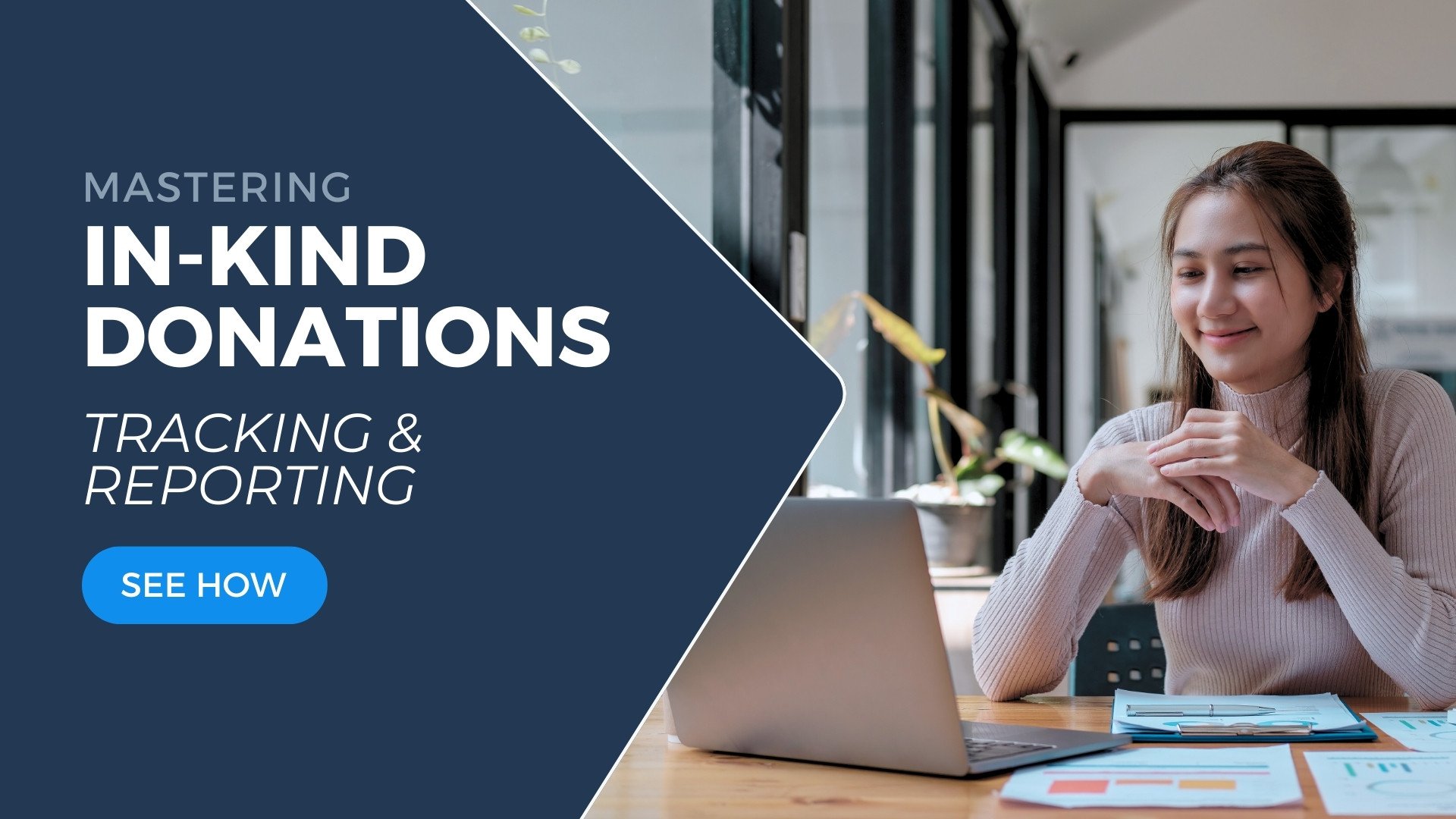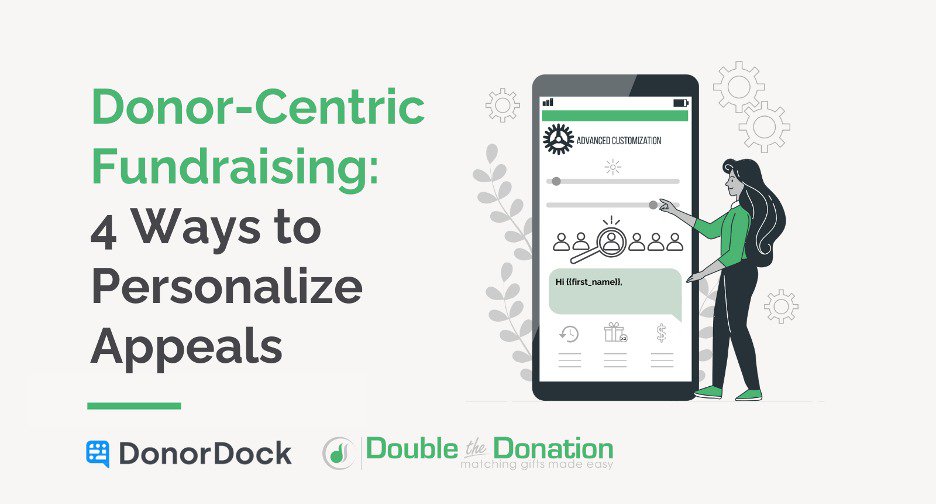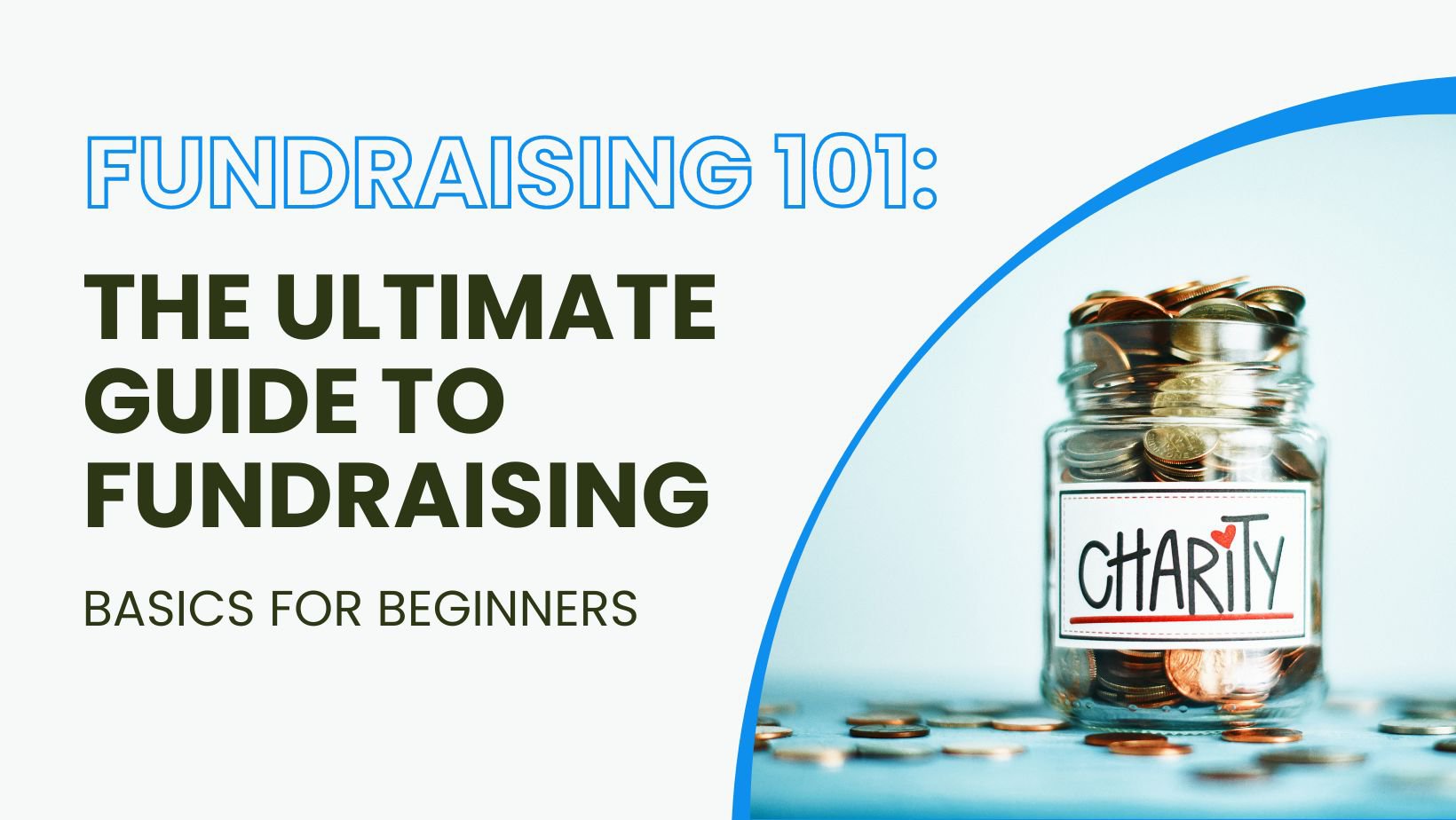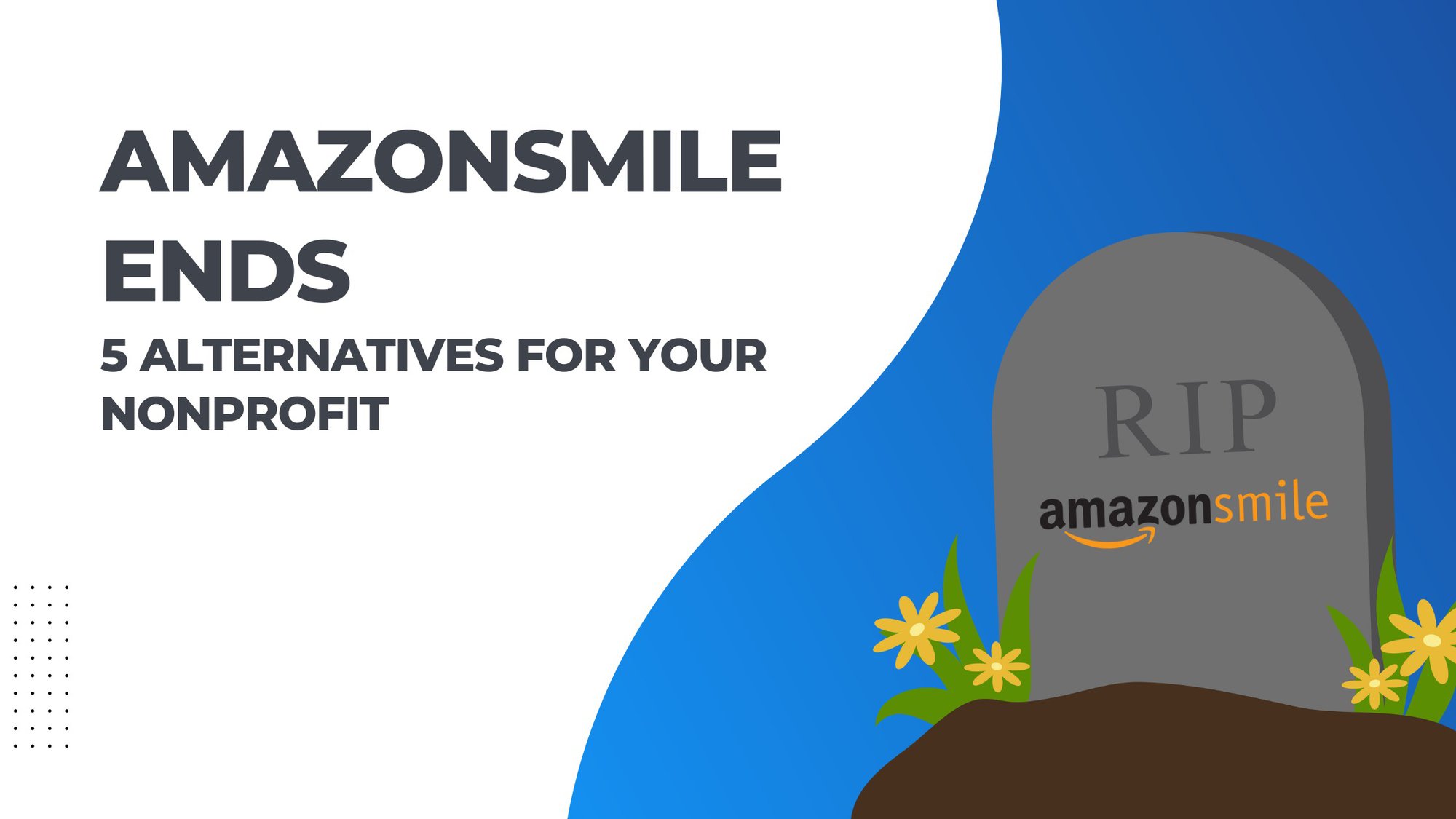When it comes to nonprofit marketing every day is a new battle: spreading awareness, engaging donors, securing funds... The list goes on and on. How are you supposed to tackle everything? And let's not forget about that pesky thing called budget – or lack thereof!
You might be nodding along right now because you've been there too. But here's the silver lining: There are tools and strategies out there designed specifically to help nonprofits like yours turn things around.
Let’s look into the role of digital marketing in the nonprofit world, and three actionable steps you can take to improve your visibility!
The role of digital marketing in nonprofit success
Digital marketing can be a powerful tool for nonprofit success, from simply getting your name out there to creating meaningful connections with donors. It’s not just about spreading awareness but also forming meaningful relationships with your donors.
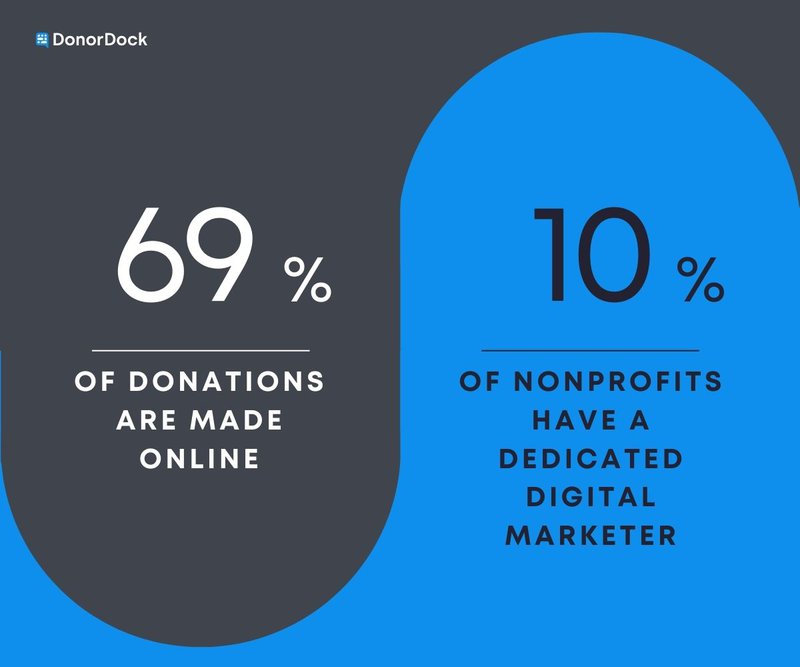
Consider this: 69% of nonprofit donations are made online, according to Fundraising Report Card. That means the majority of donors are engaging with nonprofits digitally in some capacity. But it's about more than just collecting money; digital platforms let you engage and inspire potential supporters like never before.
An analysis by TechSoup showed that only 10% of nonprofits have a dedicated digital marketer on their team. So digital marketing is just one more hat you get to wear, but your digital presence is becoming increasingly more important.
So how do we bridge that gap?

Simplifying nonprofit digital marketing
To make sense of digital marketing, let’s think about hosting an event - you need people to know where it is, when it starts, and why they should attend. Now imagine doing all that without leaving your desk or picking up the phone - welcome to the world of digital marketing.
Your website acts as your venue, social media channels are like invitations sent out into cyberspace and search engine optimization (SEO) makes sure everyone knows how to find you. Sounds simple enough right? Yet many small-to-midsize nonprofits struggle with these basics because they lack resources or expertise.
Grow your visibility with SEO & content strategy
A solid SEO strategy helps increase visibility while quality content draws people in once they've found you online. By investing in these areas, you can build a robust online presence that will attract and engage your target audience.
According to the Neil Patel Blog, sites with an active blog have 434% more indexed pages than those without one. More indexed pages mean more chances for people to find you through search engines – now isn’t that something?
It might feel overwhelming, but don’t worry! Let’s take this one step at a time.
3 steps to improve your nonprofit’s digital presence and visibility
1) Identify your target audience and clarify your message
Let's get real. Marketing for nonprofits is not a walk in the park. It can feel like you're trying to juggle flaming torches while riding a unicycle on a tightrope. But there are two elements that can give you balance: clear messaging and knowing your target audience.
Marketing to your nonprofit’s target audience
Picture this: You're at a party full of diverse individuals with different interests. Would you talk about football stats to someone only interested in baking? Probably not.
In marketing terms, getting your message across effectively means understanding who needs to hear it most - identifying those likely donors whose values align with yours.
Determining your intended viewers is not just about being aware of who they are; it necessitates creating a donor persona and knowing which channels of communication they prefer.

Identify keywords that resonate
"Trying to satisfy everyone often leads to dissatisfaction." That applies to your nonprofit's message too. Your organization might be doing amazing work but if people aren’t connecting with your messaging, then attracting donors becomes an uphill battle.
A HubSpot survey found that 45% of consumers will unfollow brands if their platform content is off-message or irrelevant. So being clear about who you are and what you do helps you avoid this pitfall.
Google Search Console is a great place to start to find keywords your target audience is searching. They have a list of keywords that are currently bringing visitors to your site. This list also shows what content is leading to actual clicks. Focus on a few keywords from that list and start building content around those words.
Improve donor experience through donor journey mapping
Creating a meaningful donor experience is no small feat. But, with donor journey mapping, you can get valuable insights to enhance the donor's relationship with your nonprofit.
A donor journey map paints a vivid picture of how donors interact with your organization from their perspective. It highlights key touchpoints and helps identify opportunities for improvement.

2) Tap into free marketing dollars with Google Ad Grant for nonprofits
Did you know that your nonprofit could have access to $10,000 each month in free advertising from Google?! Yes, you read that right, $10,000 a month!
With Google Ad Grant, your nonprofit can boost its visibility and reach more potential donors. But getting this grant is just half the battle.
Maximizing the benefits of this program requires strategic planning and execution. Here are three best practice tips for nonprofits using Google Ad Grants.
Set Clear Goals
The first step in effectively utilizing Google Ad Grants is setting clear goals for what you want to achieve with the ad campaign. Whether it's increasing donations, recruiting volunteers, or raising awareness about a particular cause - having specific objectives will guide your keyword selection process and help measure success.
Optimize Your Keywords
Selecting the right keywords is crucial when creating an effective ad campaign through Google Ads. You need to think like your audience; consider what terms they might use when searching for services similar to yours online. Use long-tail keywords – these are longer phrases that people may search for that could be highly relevant to your nonprofit.

Utilize Conversion Tracking
To ensure you're getting value from the ads, set up conversion tracking on the Google Ads platform. This feature allows you to track actions users take after clicking on one of your ads such as making a donation or signing up as a volunteer — providing valuable insights into how well each aspect of the campaign performs against its intended goal.
Incorporating these best practices into your Google Ad Grants strategy will help you make the most of this valuable resource. Remember, the ultimate goal is to use this tool effectively to advance your nonprofit's mission and reach more people who can benefit from your services.
Managing and optimizing Google Ad Grant with Community Boost
The real challenge lies in managing and optimizing these funds effectively. Without proper knowledge of PPC (Pay-Per-Click) advertising, it's easy to waste this golden opportunity. Companies like Community Boost help nonprofits ensure their making full use of your monthly ad spend while adhering to all compliance requirements—a bit like having someone make sure you never miss out on using your coupons at the grocery store.
Key Takeaway:
Google Ad Grant offers nonprofits up to $10,000 per month in free advertising. To make the most of these dollars: set your nonprofit’s goals, optimize your keywords, and track your results.
3) Start A-B testing for nonprofit marketing optimization
Imagine having two different donation request emails: Email A and Email B. Both have the same goal - encouraging donations - but use different subject lines or calls to action (CTAs).
You send each version to half your donor list and measure their success using key metrics like open rate, click-through rate (CTR), and conversion rate. This strategy is called A-B testing or split testing and is a powerful tool for your nonprofit’s marketing efforts.
Split testing allows nonprofits to compare two different versions of an email or webpage, so they can identify which one is more effective. This simple process can help identify what resonates with your audience, allowing you to refine future campaigns accordingly.
By incorporating this method into your marketing strategy regularly, your nonprofit can improve campaign effectiveness over time by delivering content that speaks directly to donors' preferences. After all – if you know your message will be well received before hitting 'send', why wouldn't you want that advantage?



